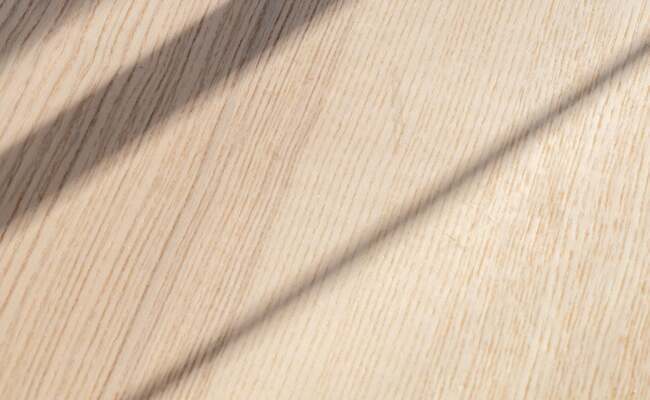
“It all comes down to chemicals – certain types of flooring can contain various forms of reprocessed plastics and certain toxic chemicals, predominantly lead, cadmium and phthalates. Over time, these chemicals and other volatile organic compounds (VOCs)can be released into the air via a process called Off-Gassing" says a spokesperson for WFI
"Off-gassing occurs due to ongoing chemical reactions that take place in the materials, which can release compounds such as formaldehyde, benzene, and toluene. These compounds can have a strong odour, - think of of the smell of fresh paint, when you can get a whiff of that scent, it means that the chemicals within the paint have risen into the air – This can cause health problems such as eye, nose, and throat irritation, headaches, dizziness, and in some cases, long-term exposure may lead to more serious issues.”
Flooring experts at Wood Flooring Ireland have compiled their list of the most toxic flooring types found in our homes and have offered up some healthy alternatives.
The Top 3 Most Toxic Flooring Types to Have at Home
-
Vinyl
-
Carpet
-
Laminate
“Unfortunately there are a number of flooring types found in homes across the country that people may not even realise are dangerous or are actively causing them harm.” – notes a spokesperson for WFI.
Why is Vinyl Flooring so Dangerous?
Nowadays, the vast majority of vinyl flooring comes from trustworthy manufacturers and have much lower VOC levels than before, however if you live in an older home with vinyl flooring present, you could be at risk.
“Vinyl flooring is quite common throughout the country mainly because it’s easy to acquire and is relatively cheap. However it can be dangerous as it could contain chemicals such as phthalates, which are added in order to make the flooring more flexible and durable. Phthalates have been linked to reproductive and developmental health problems, and can be particularly harmful to young children and pregnant women. Studies have found phthalates have been linked to issues like asthma, ADHD and even neurodevelopment issues.”
The Dangers of Carpet
Although strides have been made when it comes to lessening the dangers associated with carpets, there are still significant issues.
“As we all know at this stage, carpets are magnets for dirt, dust and allergens like pet hair which can cause issues for those with respiratory problems and just general allergies. However a lot of carpets are also treated with harsh chemicals during the manufacturing process, mainly flame retardants which in some cases can be toxic and off-gas over time. Harmful chemicals can also be found in the dye used to colour carpets and the treatments given to the carpets in order to prevent long term staining.
A lot of issues arise when you consider the adhesives used to install carpet, a lot of these adhesives contains toxins like formaldehyde and various other VOCs. These are released into the air over time, lowering the overall air quality in the home.”
The Dangers of Laminate
Laminates are another popular option as they offer the same visual appeal as hardwood, but due to chemicals and toxins used in the bonding process, it’s not the safest option.
“Again, some types of laminate flooring may contain adhesives that release formaldehyde and other VOCs - Formaldehyde is a known carcinogen, and exposure to high levels of the chemical can cause issues like dizziness, breathing problems, headaches and eye irritation.
The level of formaldehyde emissions from the flooring can vary depending on the specific product and manufacturer. In some cases, laminate flooring has been found to emit levels of formaldehyde that exceed recommended safety limits.
To minimise the potential health risks, ventilate the space where the flooring is installed and clean regularly with a damp mop or cloth.”
What Are Some of The Healthiest Flooring Options?
-
Hardwood Floors
-
Stone Flooring
-
Ceramic Tiles
If you’re concerned about your floors and are looking to replace or revamp your current flooring, it’s important to look for options that don’t contain any chemicals or VOCs.
Hardwood Floors –“Hardwood floors don’t trap dust and allergens which is great for those who may suffer with allergy issues or asthma. They’re also made from natural wood which means little to no chemicals or VOCs present, same applies for engineered wood flooring.”
Stone Flooring –“Marble, granite, limestone – all totally natural, chemical free, VOC free, easy to clean and durable, a fantastic option.”
Ceramic Tiles –“These tiles are usually made from non-toxic materials, which make them an attractive option. The tiles themselves are free from chemicals and VOCs, however they will require mortar in order to be laid on the floor which may have some chemicals present, it’s also important to consider the grout used to fill the gaps between each tile – Do some digging on all of the materials used in the tiling process before committing.”
Source: Story.KISSPR.com
Release ID: 615046
